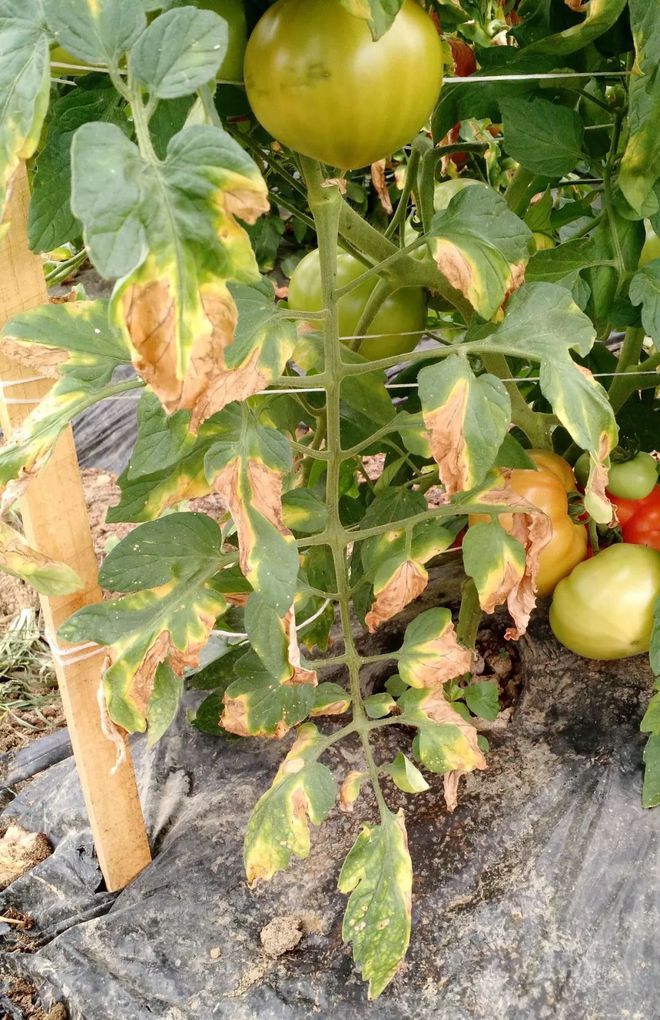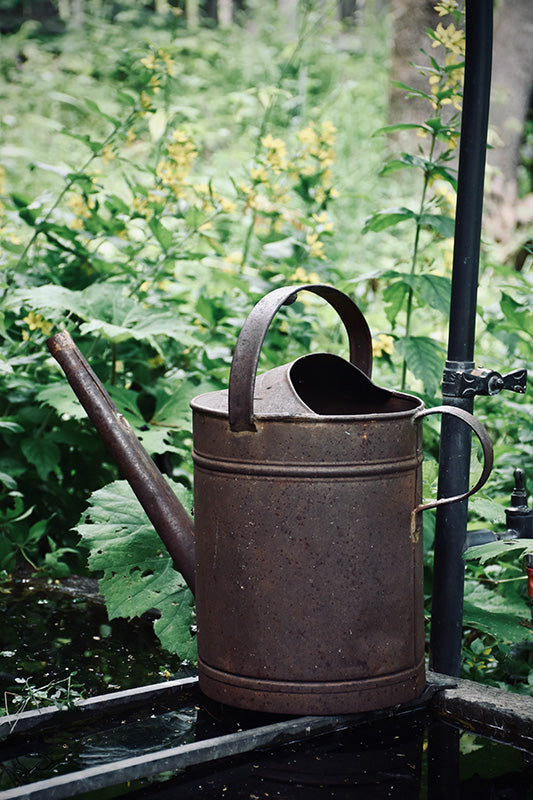By Michael Jenkins | April 13
We write about tomatoes pretty often on the Gardzen blog, and for good reason: they’re among the most popular plants in any vegetable garden. A successful tomato crop is often a source of pride for gardeners, and the lore around how to grow tomatoes is deep, rich, and often inscrutable. This is in part because growing healthy tomatoes is often challenging. While tomatoes are often more hardy than some folks think, they are subject to a variety of concerns. One of the most obvious problems which confronts gardeners and their tomatoes is yellowing leaves. Tomato leaves turning yellow is a fairly common issue, but unfortunately it’s difficult to diagnose. Yellow leaves on a tomato plant are the equivalent of “cold/flu-like symptoms” in human: they could be the precursor to a number of problems in varying degrees of severity.

Let’s dive in and take a look at some of the potential reasons tomato leaves turn yellow, and some of the things you can do to help your plants recover.
The first and likely most common cause of yellow leaves on your tomato plants is either over-watering or under-watering. That might sound confusing, but only because it is! While tomatoes like a fair amount of water every day, they need the right amount of water. The soil has to dry out a bit (but not too much!) between watering. If they’re given too much water, or the soil they’re in doesn’t drain well, tomato plants can develop a number of problems. Likewise under-watering can cause the plant to wilt and the leaves to yellow. If you’ve started to notice yellow leaves on your tomatoes, keep an eye on the moisture level in your soil and adjust your watering schedule as a first step towards correcting the problem.
As with moisture, tomatoes like a particular set of soil conditions and overly-compacted soil can lead to yellowing leaves and more serious problems down the road. Compacted soil limits root growth, and thus limits the nutrition the plant can absorb. Fortunately, this is a pretty easy fix: loosing up the soil by digging around your tomato plants while carefully avoiding the roots close to the stem. You may see the yellowing leaves clear up, and the plant start to produce more fruits. For the future, remember to loosen up or aerate your soil before planting tomatoes. Whether in-ground or in containers, it makes a difference!

If moisture and soil density aren’t the issue, it’s time to look at nutritional problems. Like all living organisms, tomato plants have nutritional needs that must be filled for them to be healthy and productive. Tomatoes absorb nutrition from the soil via their roots, so the soil is the first place to look. Many county extension offices in the US offer free soil testing, and similar services exist around the world. Getting your soil tested could shed some light on the cause of your tomato woes. One of the prime causes of yellowing leaves is a magnesium deficiency, which can be corrected by adding the appropriate fertilizer for your plants. Garden fertilizers designed specifically for tomatoes exist, and we recommend them. They’re generally not expensive and you don’t need a ton to get through the season, and they can make a big difference.
When all that’s been ruled out, it’s time to consider that your tomato plants may have become infected with one of several tomato diseases which lead to yellowing leaves. Tobacco Mosaic Virus is among the most common. Originating in the tobacco plant, TMV can spread via insects, plant debris/compost, infected garden tools, or by smoking/disposing of tobacco near tomato plants. While it rarely kills plants, TMV does reduce output. If you notice it in your garden, remove the infected plants and plant tomatoes elsewhere. There are a host of other viruses, bacteria, and blights which can cause yellowing leaves on tomato plants. While there are too many to discuss here, we recommend contacting your county extension or similar office if you notice yellowing leaves and have questions about local conditions.
Yellow leaves on tomato plants can be a pesky problem, and we hope this article helps you find solutions—or better yet, avoid the issue altogether. If you have any treatments for yellow leaves that have worked for you, please comment on our social media platforms and share your knowledge with others! At Gardzen, we’re focused on community and we firmly believe that we’re all in this together!

Leave a comment